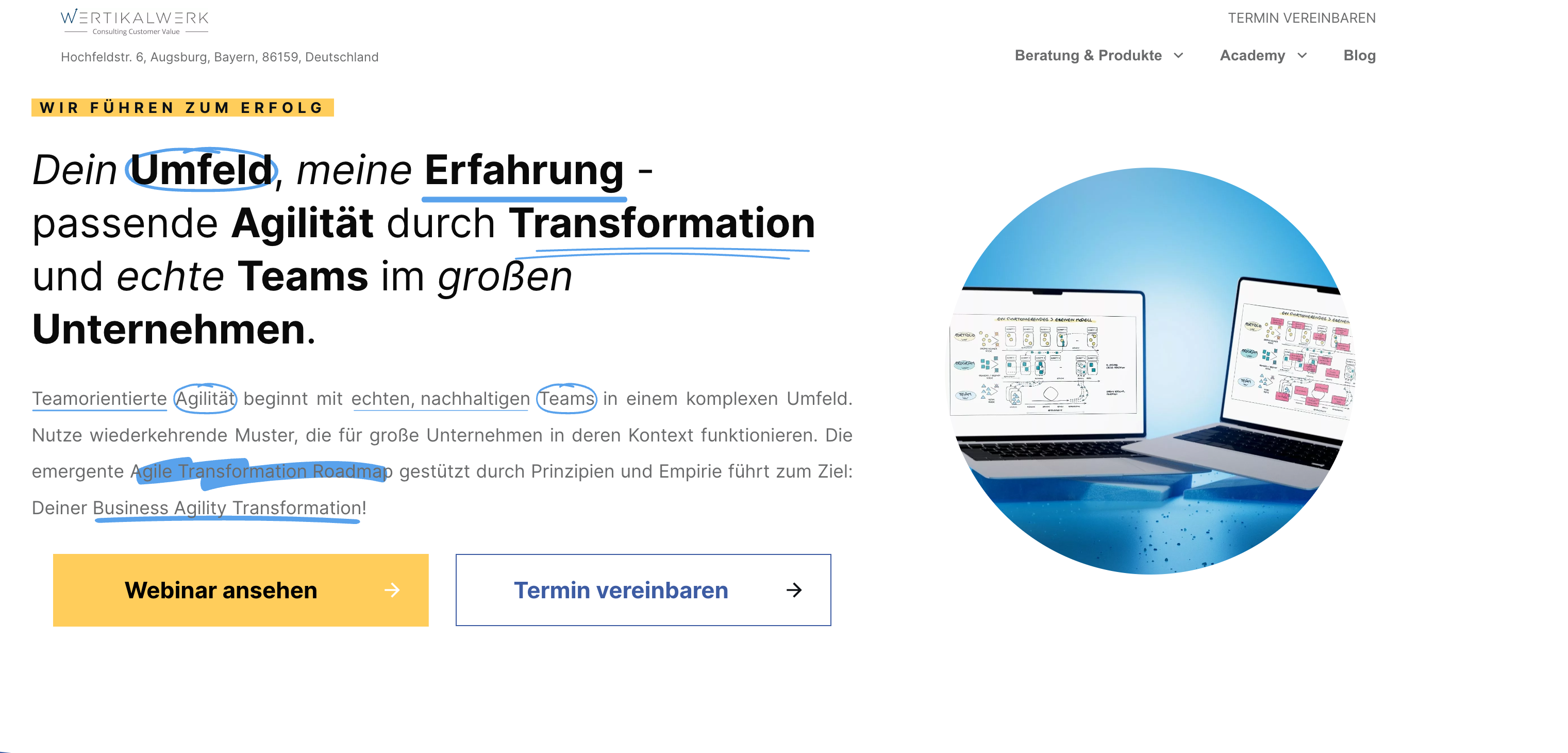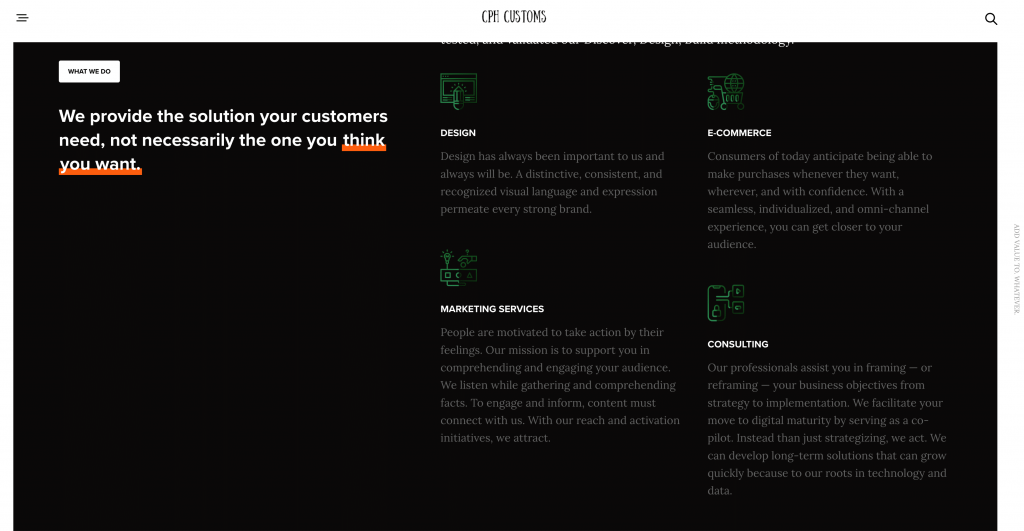Prospects, leads… We love them a lot!
However, “pipeline generated” is the new sexy in 2024.
Businesses are now shifting their focus from sheer lead generation to a more sophisticated and strategic approach: pipeline generation. This shift isn’t just a trend; it’s a necessary evolution driven by the need for greater efficiency, higher conversion rates, and more predictable revenue streams.
Pipeline generation is about more than just filling the top of the funnel with potential prospects. It’s about creating a robust, well-managed pipeline that guides these prospects through every stage of the sales process, ensuring that only the most qualified leads make it through to the end. This approach allows businesses to gain a better grip on their sales process, focusing on quality over quantity and ultimately driving more significant and sustainable growth.
In this blog post, we’ll explore why pipeline generation has become the focal point for B2B businesses in 2024, how it differs from traditional lead generation, and the top strategies you can implement to master pipeline generation in your organization.
What is Pipeline Generation?
Pipeline generation is the process of creating and managing a sales pipeline in B2B sales. It involves maintaining a steady flow of leads that convert into buyers. This approach goes beyond just collecting leads and focuses on nurturing those leads through the entire customer journey to ensure a higher conversion rate and a healthier sales funnel.

At its core, pipeline generation is about strategically guiding potential customers from their first interaction with your business to the point of purchase and beyond. This involves a series of well-coordinated steps designed to build relationships, address pain points, and demonstrate value at each stage of the buyer’s journey. Unlike traditional lead generation, which often focuses on acquiring as many leads as possible, pipeline generation emphasizes quality over quantity.
By adopting a pipeline generation strategy, businesses can ensure that their sales efforts are more targeted and efficient. This means identifying high-intent prospects early on, engaging them with personalized content and communication, and systematically moving them through the sales process. Each interaction is designed to move the lead closer to a buying decision, reducing the likelihood of drop-offs and increasing the overall conversion rate.
Key Differences Between Lead Generation and Pipeline Generation
Focus
The primary focus of lead generation is on quantity. It’s about generating as many leads as possible to fill the top of the sales funnel. The idea is that a larger pool of leads will eventually yield more sales (which is not always true). Lead generation tactics include a wide range of activities such as content marketing, SEO, PPC campaigns, and social media outreach, all designed to capture the interest of potential customers.
On the other hand, pipeline generation is about quality and management. It emphasizes creating and maintaining a healthy pipeline where leads are carefully nurtured and guided through the sales process. The focus is not just on acquiring leads but on ensuring that these leads are qualified and have a higher likelihood of converting into customers. Pipeline generation involves more strategic activities like lead nurturing, personalized communication, and ongoing relationship management to keep prospects engaged and moving forward in their buyer journey.
Goals
The goal of lead generation is to attract and capture as many leads as possible. This often involves casting a wide net to bring in a large volume of potential customers. The success of lead generation campaigns is typically measured by the number of leads generated, regardless of their quality or readiness to buy.
In contrast, the goal of pipeline generation is to move leads through the sales pipeline efficiently and effectively. This involves a more targeted approach, focusing on high-intent leads that are more likely to convert. The aim is to streamline the sales process, reducing the time and resources spent on unqualified leads and improving overall conversion rates. Pipeline generation metrics are more focused on lead progression, sales velocity, and conversion rates, providing a clearer picture of the sales pipeline’s health and efficiency.
Scope
Lead generation is primarily concerned with the initial stage of the sales process: prospect acquisition. It focuses on attracting potential customers and getting them interested in your products or services. Once the leads are captured, the traditional lead generation approach often hands them over to the sales team for further qualification and follow-up.
Pipeline generation, however, encompasses the entire customer journey from acquisition to conversion. It involves a comprehensive approach that includes not only attracting leads but also nurturing them through each stage of the sales funnel. This means engaging with leads through personalized content, targeted campaigns, and continuous follow-up to address their needs and concerns. Pipeline generation ensures that leads receive the right information and support at every stage, increasing the likelihood of conversion and fostering long-term customer relationships.
To explain in one sentence, lead generation focuses on generating leads while pipeline generation is focused on generating leads that move through the pipeline and convert.
Top Pipeline Generation Strategies for 2024
Now that we understand what pipeline generation is supposed to do, let’s look at the top strategies that can be implemented. Here are our suggestions:
Create a Customer Journey Tracking Framework
To effectively manage and optimize your sales pipeline, it’s crucial to have a clear understanding of the customer journey. By creating a customer journey tracking framework, you can map out each stage of the buyer’s journey, from initial awareness to final conversion. Tools like Salespanel can help you set up and manage this framework efficiently. These tools provide insights into how prospects interact with your brand, which touchpoints are most effective, and where potential drop-offs occur. With this data, you can make informed decisions to enhance the customer experience and ensure a smoother journey through the pipeline.
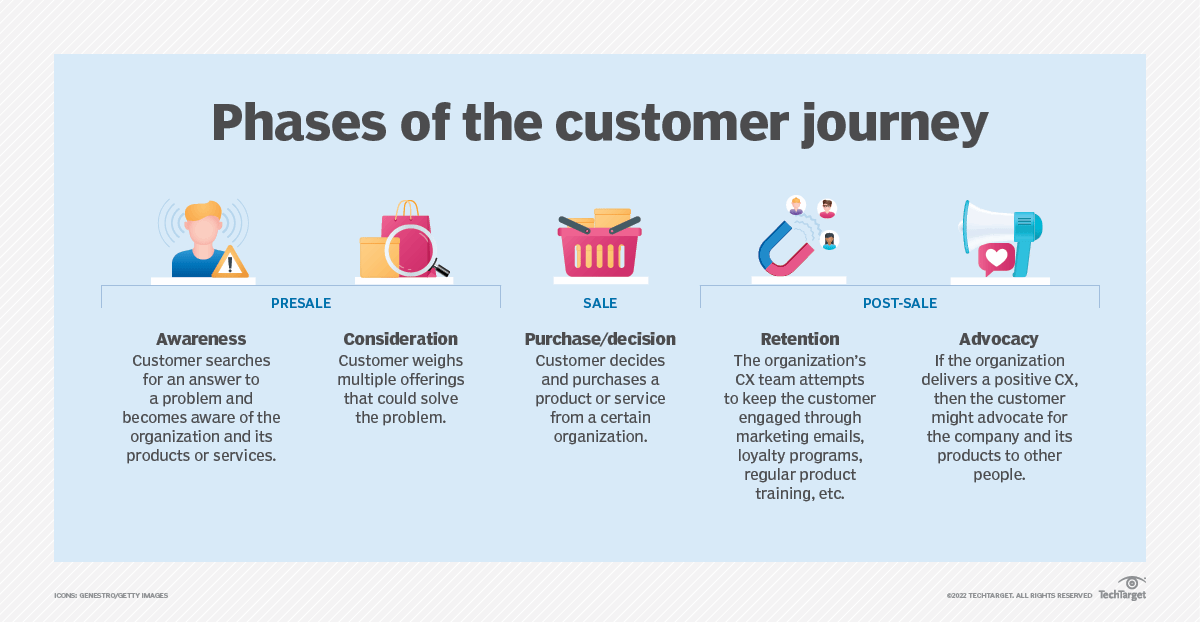
Sales and Marketing Alignment
One of the most significant factors in successful pipeline generation is the alignment between sales and marketing teams. Establishing a revenue marketing setup where these teams collaborate closely is essential. Continuous communication between sales and marketing ensures that both teams are working towards the same goals and using the same metrics to measure success. This alignment helps in creating targeted campaigns, developing shared strategies, and maintaining a healthy pipeline. When sales and marketing are on the same page, it leads to more effective lead nurturing, higher conversion rates, and ultimately, increased revenue.
Strong Content Strategy
A robust content strategy is vital for nurturing leads and keeping the pipeline moving smoothly. Developing high-quality, relevant content that addresses the needs and pain points of your prospects at each stage of their journey is key. This can include blog posts, whitepapers, case studies, webinars, and more. By providing valuable information and insights, you can build trust with your audience, keep them engaged, and guide them through the sales funnel. A strong content strategy helps in maintaining a steady flow of qualified leads and ensures that they are well-prepared for the next steps in their buying journey.

Email Drips and Social Media Retargeting
To keep leads engaged throughout their journey, it’s important to implement email drip campaigns and social media retargeting. Email drips allow you to send a series of automated, personalized emails to leads based on their behavior and interactions with your brand. These emails can nurture leads by providing relevant content, addressing concerns, and encouraging further engagement. Social media retargeting, on the other hand, helps you stay top-of-mind with prospects who have shown interest in your products or services. By targeting them with tailored ads on social media platforms, you can reinforce your message and encourage them to move forward in the sales process.
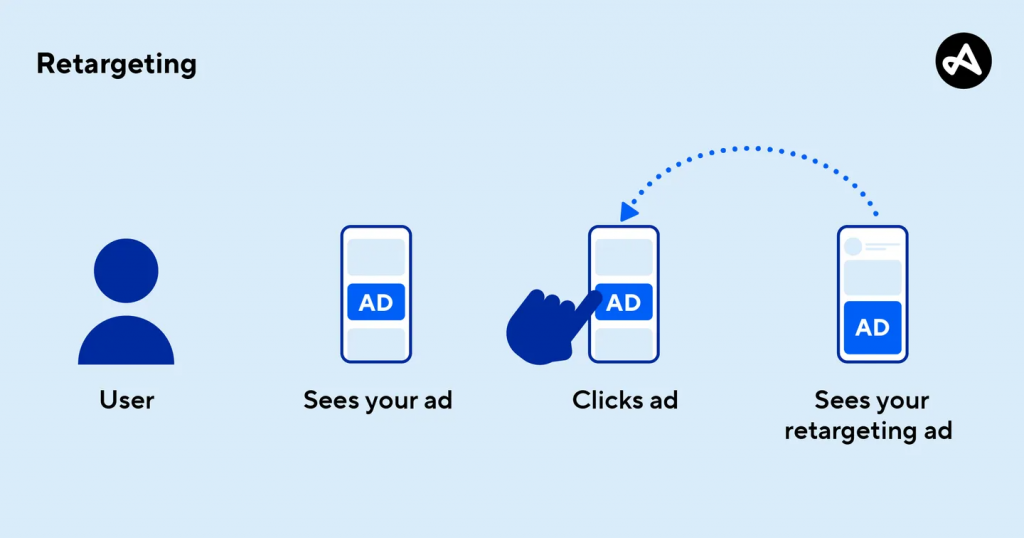
Focus on Quality
In pipeline generation, quality trumps quantity. Instead of aiming to generate as many leads as possible, focus on attracting and nurturing high-quality, qualified leads. These are prospects who have a genuine interest in your offerings and are more likely to convert into paying customers. By prioritizing quality, you can improve conversion rates and ensure that your sales team spends their time on leads that are most likely to result in successful deals. This approach not only boosts efficiency but also enhances the overall health of your sales pipeline.
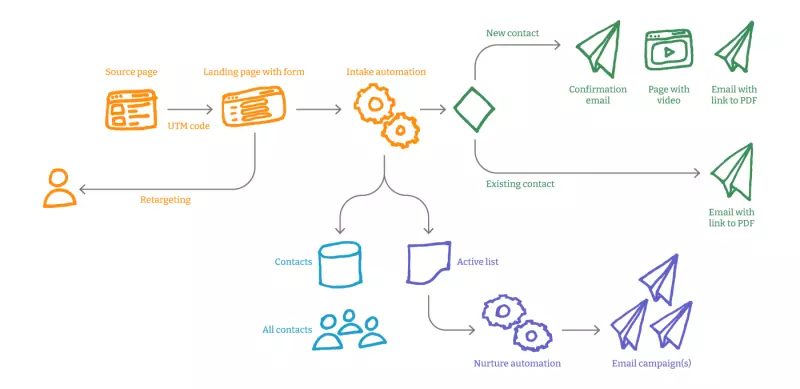
Marketing Attribution
Understanding how different marketing campaigns and touchpoints contribute to your pipeline is crucial for optimizing your efforts. Marketing attribution involves tracking and analyzing the performance of various marketing activities to determine their impact on lead generation and conversion. Tools like Salespanel and Segment can help you attribute the success of your campaigns accurately. By gaining insights into which channels and strategies are most effective, you can allocate resources more efficiently, refine your marketing tactics, and maximize the ROI of your pipeline generation efforts.
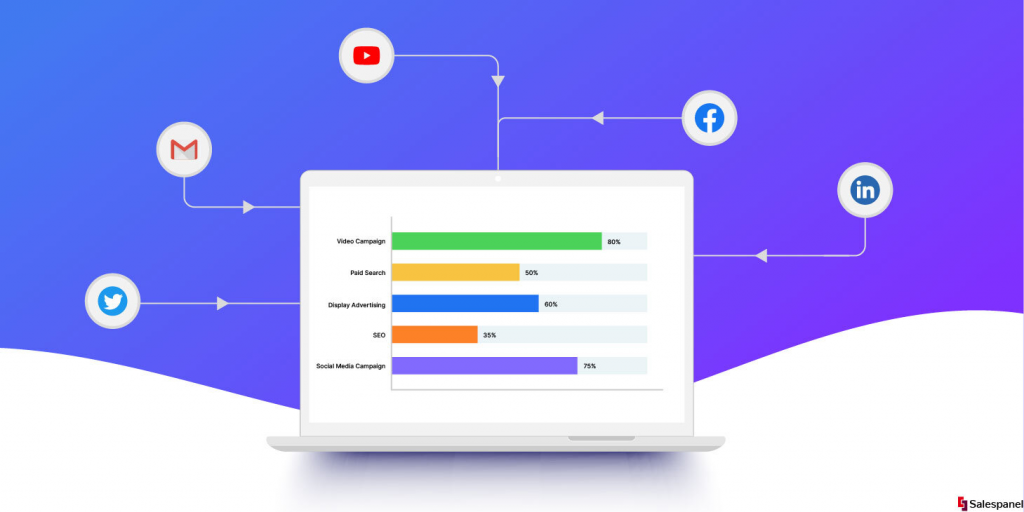
Final Thoughts
Pipeline generation is a comprehensive and strategic approach to managing the entire sales process, from lead acquisition to conversion. By focusing on creating a robust and healthy pipeline, aligning sales and marketing efforts, and using modern day tools, businesses can achieve higher conversion rates, more predictable revenue streams, and sustainable growth. A healthy pipeline, better sales and marketing alignment, and more revenue are what’s cool in 2024!

